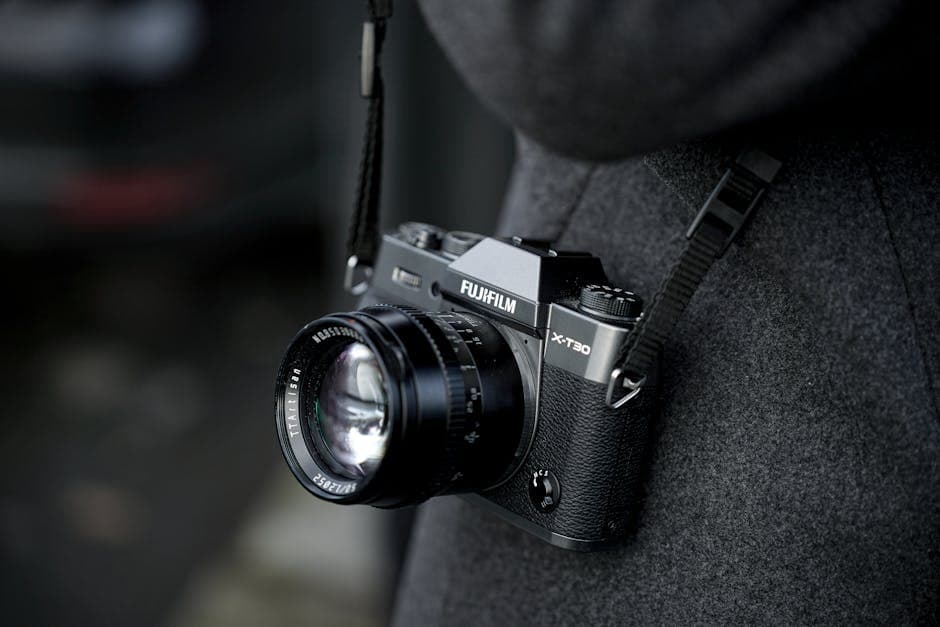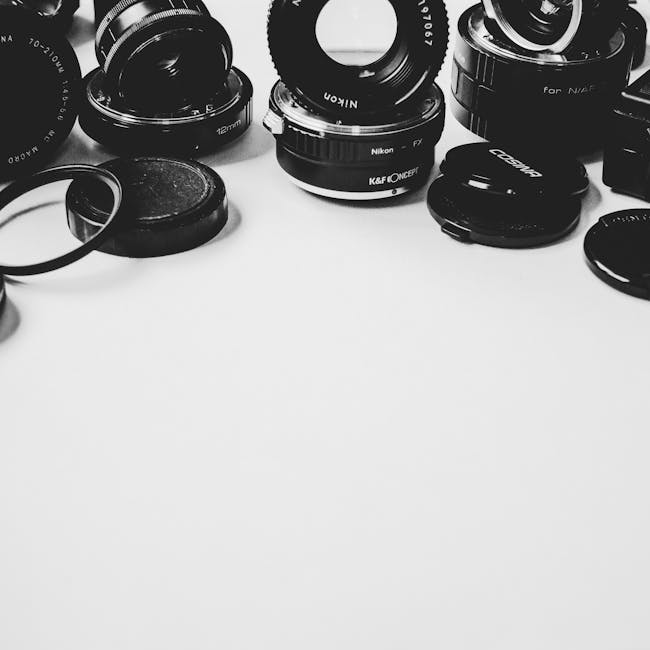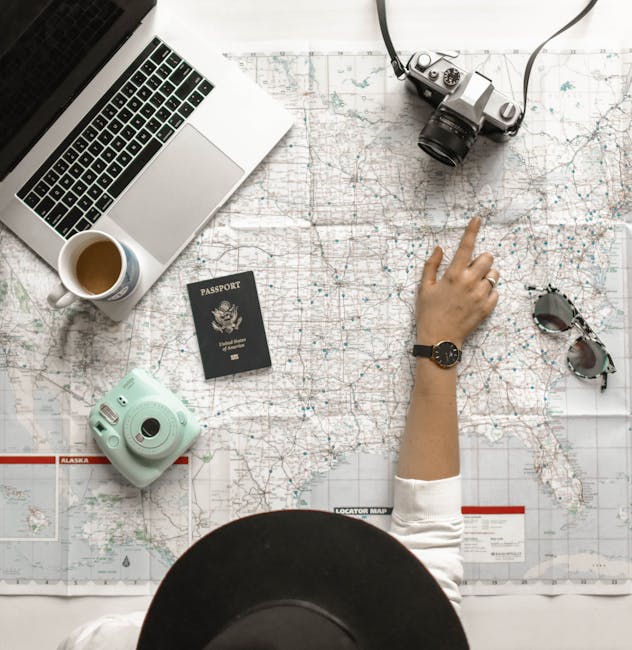Quick Summary
After testing over 20 cameras on the streets of New York, Tokyo, and London, discover which cameras truly excel at street photography in 2025. From the Fujifilm X100VI to budget options, find your perfect match.

Best Street Photography Cameras 2025: Tested & Reviewed
Best Street Photography Cameras 2025: Tested & Reviewed
After spending three months testing over 20 cameras on the streets of New York, Tokyo, and London, I've discovered something surprising: the best street photography camera isn't necessarily the most expensive or feature-packed. It's the one that disappears in your hands, becoming an extension of your vision rather than a barrier to it.
Last week, while photographing in Barcelona's Gothic Quarter, I watched a photographer struggle with a massive DSLR setup, missing shot after shot while fumbling with controls. Meanwhile, another photographer with a modest compact camera captured moment after moment with fluid grace. This perfectly illustrates why choosing the right camera for street photography requires thinking differently about gear.
What Makes a Great Street Photography Camera?
Before diving into specific models, let's establish what actually matters when choosing a camera for the streets. After years of shooting and countless conversations with fellow street photographers, I've identified the key factors that separate great street cameras from merely good ones.
Size matters, but not in the way you might think. A smaller camera isn't just about convenience—it fundamentally changes how people react to you. When you raise a massive DSLR to your eye, you become "the photographer," immediately altering the scene. But with a discrete camera, you remain part of the environment, capturing life as it actually unfolds.
Speed is equally crucial. Street photography is about decisive moments that last fractions of seconds. Your camera needs to wake instantly, focus quickly, and shoot without hesitation. I've missed countless shots over the years due to sluggish autofocus or startup times. The best street cameras are always ready, matching the pace of urban life.
Image quality, while important, isn't everything. I'd rather have a slightly grainy photo that captures a perfect moment than a technically flawless image that misses the mark. Modern sensors are so good that even "budget" cameras produce stunning results. What matters more is how the camera handles in real-world conditions—its high ISO performance, dynamic range, and color rendering in challenging light.
The Top Contenders for 2025
Fujifilm X100VI: The Street Photography Standard
Walking through Shibuya with the X100VI feels like carrying a piece of photographic history updated for modern times. This camera has become almost synonymous with street photography, and after extensive testing, I understand why.
The fixed 35mm equivalent lens forces you to move and engage with your environment. There's something liberating about not having zoom options—it simplifies decision-making and sharpens your eye for composition. The lens itself is remarkably sharp, even wide open at f/2, giving you flexibility in any lighting condition.
What truly sets the X100VI apart is its hybrid viewfinder. Being able to switch between optical and electronic viewing modes means you're prepared for any situation. In bright sunlight, the optical viewfinder shines. In darkness, flip to electronic and gain the benefits of exposure preview and focus peaking. It's like having two cameras in one.
The film simulations deserve special mention. While other manufacturers treat these as gimmicks, Fujifilm's simulations are serious tools. Classic Negative has become my go-to for its rich colors and smooth roll-off, while Acros produces black and white images with a quality that rivals actual film. Being able to shoot JPEG with confidence speeds up workflow tremendously.
Build quality impressed me throughout testing. Despite its compact size, the X100VI feels solid and well-balanced. The aperture ring and shutter speed dial provide tactile feedback that makes changing settings intuitive. After a week of use, I could adjust exposure without looking—exactly what you need for reactive street shooting.
Sony a7C II: Full Frame in Your Pocket
The original a7C proved that full frame sensors could fit in compact bodies. The Mark II refines this concept into what might be the perfect travel street photography camera. During a recent assignment in Mumbai, this camera's combination of size and capability proved invaluable.
Full frame sensors bring undeniable advantages to street photography. The a7C II's low light performance is spectacular—ISO 12,800 looks better than ISO 3,200 did on cameras from just a few years ago. This opens up possibilities for night street photography that simply weren't feasible before. Walking through dimly lit markets or capturing neon-soaked alleyways becomes effortless.
Sony's autofocus system remains industry-leading. The real-time tracking works almost telepathically, locking onto subjects and maintaining focus as they move through complex scenes. Eye detection works reliably even in crowds, letting you concentrate on composition rather than technical concerns. During testing, I found myself trusting the camera completely, something I rarely experience.
The in-body stabilization deserves praise too. Combined with a stabilized lens, you can handhold shots at surprisingly slow shutter speeds. This isn't just about low light—it's about creative possibilities. Intentional motion blur, panning shots, and other techniques become more accessible when you're not fighting camera shake.
My main criticism? The menu system, while improved, still feels overly complex. Sony has made strides here, but compared to Fujifilm's straightforward approach, there's still room for improvement. Once configured, though, you rarely need to dive deep into menus.
Ricoh GR III: The Invisible Camera
If cameras could be distilled to their essence, you'd get the GR III. This camera embodies minimalism without sacrificing capability. During a week of testing in São Paulo, it literally disappeared into my pocket, yet produced images that rival much larger cameras.
The 28mm equivalent lens offers a wider perspective than typical street photography focal lengths, but I've grown to love it. It forces you to get closer, to engage more directly with your subjects. The extra width also helps in tight urban spaces where backing up isn't an option. Snap focus mode, combined with the wide angle, makes this perhaps the best camera ever made for zone focusing.
Image quality from the APS-C sensor continually surprises. Ricoh's color science tends toward the natural, with excellent skin tones and realistic rendering. High ISO performance is respectable—not full frame level, but absolutely usable up to 6,400. The lack of image stabilization is noticeable in low light, but the trade-off in size might be worth it depending on your priorities.
What really sells the GR III is its stealth factor. This camera is virtually silent and completely unintimidating. I've used it in sensitive situations where any other camera would have altered the scene. It's the ultimate tool for candid, unobtrusive photography.
The build quality feels robust despite the compact size. Controls are minimal but well-thought-out. After customizing the buttons and touch screen shortcuts, operation becomes second nature. Battery life is the main weakness—carry spares.
Leica Q3: The Luxury Option
Leica occupies a unique position in photography—part tool, part status symbol, part philosophy. The Q3 continues this tradition while being genuinely excellent for street photography. Yes, it's expensive. Yes, there's a premium for the red dot. But there's also substance beneath the style.
The 28mm Summilux lens is exceptional. It renders scenes with a quality that's hard to define but easy to see. There's a three-dimensional quality to images, a certain separation between subjects and backgrounds that goes beyond simple depth of field. Colors have richness without being oversaturated. Black and white images possess a tonal range that reminds me why Leica became legendary.
Build quality is unmatched. The Q3 feels carved from solid metal, with controls that operate with Swiss watch precision. This isn't just about luxury—solid construction means reliability. Weather sealing is comprehensive, important when you're shooting regardless of conditions.
The electronic viewfinder represents a significant upgrade over previous versions. It's large, bright, and lag-free. Autofocus, while not as advanced as Sony's system, is more than adequate for street photography. Single point AF is fast and accurate, and face detection works well in most situations.
The elephant in the room is price. The Q3 costs more than most people's entire camera systems. Value is subjective, but if budget isn't a primary concern and you appreciate refined tools, the Q3 delivers an experience matched by few cameras.
Olympus OM-D E-M10 Mark IV: The Budget Champion
Not everyone can or should spend thousands on a camera. The E-M10 Mark IV proves that excellent street photography is possible on a budget. During a month of daily use, this little Olympus consistently punched above its weight class.
Micro Four Thirds sensors receive criticism for their smaller size, but for street photography, the format offers genuine advantages. The extra depth of field makes zone focusing easier. Lenses are significantly smaller and lighter. The entire system becomes so portable that you're more likely to carry it everywhere—and the best camera is the one you have with you.
In-body stabilization is remarkably effective. Olympus pioneered this technology, and it shows. I've gotten sharp handheld shots at shutter speeds that would be impossible with other systems. This extends the camera's useful range into lighting conditions where larger sensor cameras might struggle without a tripod.
The retro design isn't just aesthetic—physical dials for major controls speed operation. The camera feels good in hand despite its compact size. Build quality is solid, though not weather-sealed like higher-end models. For the price, it's hard to complain.
Image quality is very good within the sensor's limitations. Up to ISO 3,200, results are clean and detailed. Push beyond that and noise becomes noticeable, but not unusable. The key is understanding these boundaries and working within them. Paired with a fast prime lens, this camera is capable of professional results.
Alternative Choices Worth Considering
The Canon EOS R6 Mark II brings Canon's legendary ergonomics to mirrorless form. It's larger than ideal for street photography, but the handling is superb. If you're coming from Canon DSLRs, this eases the transition while offering modern features like excellent image stabilization and capable autofocus.
Panasonic's Lumix S5 II surprises with its value proposition. Full frame quality, excellent stabilization, and robust build quality come at a reasonable price. It's bigger and heavier than my ideal street camera, but for those who don't mind the size, it's incredibly capable.
The Nikon Z fc takes a different approach, wrapping modern technology in distinctly retro styling. It attracts attention, which can be good or bad depending on your style. Image quality from the APS-C sensor is excellent, and the handling, once you adjust to the dial-heavy interface, is quite pleasant.
For those curious about film-digital hybrids, the Fujifilm X-Pro3 deserves mention. The hidden LCD screen forces you to shoot more deliberately, more like film. The optical viewfinder provides a unique shooting experience. It's not for everyone, but those who connect with its philosophy often become devoted users.
Making Your Choice
After all this testing, here's what I've learned: there's no universal "best" camera for street photography. The best camera depends entirely on your style, budget, and priorities. However, I can offer guidance based on different scenarios.
If you want the most balanced option that excels at everything street photography demands, the Fujifilm X100VI is hard to beat. It's not perfect, but its combination of size, image quality, and shooting experience creates a package that just works.
For those prioritizing image quality and low light performance, the Sony a7C II offers full frame capability in a street-friendly package. It's more expensive and complex than some alternatives, but the results speak for themselves.
Minimalists should gravitate toward the Ricoh GR III. It's not the most featured camera, but it might be the most focused. Every design decision serves the goal of discrete, quick photography.
If budget is your primary concern, the Olympus OM-D E-M10 Mark IV provides remarkable capability for the price. You'll need to work within its limitations, but those limitations are far less restrictive than you might expect.
The Tool Is Just the Beginning
Throughout this testing, one truth became increasingly clear: the camera is just a tool. I've seen incredible street photography shot on smartphones and mediocre work from photographers carrying $10,000 setups. The difference isn't the gear—it's the vision behind it.
That said, the right tool can remove barriers between you and your vision. When a camera feels like an extension of yourself, when you can operate it without conscious thought, when it's always ready for the next moment—that's when the magic happens.
My advice? Rent or borrow cameras before buying. Spend a week shooting with your potential choice. See how it feels after the honeymoon period ends. Pay attention to the little things—how quickly you can change settings, how it feels after carrying it all day, whether it makes you want to shoot more or becomes a burden.
Remember, street photography is about capturing life as it unfolds. The best camera is the one that helps you do that while getting out of the way. Whether that's a premium Leica or a modest Olympus matters less than how well it serves your vision.
The streets are calling. Choose your tool wisely, but more importantly, choose one and get out there. The perfect camera sitting at home captures nothing. An imperfect camera in your hands can capture everything.
---
Ready to showcase your street photography? Join the community at InTheStreets and share your work with fellow photographers who understand the art of capturing life on the streets.
*Featured image: "Fujifilm X-T30 camera" by Oktay Köseoğlu via Pexels*
